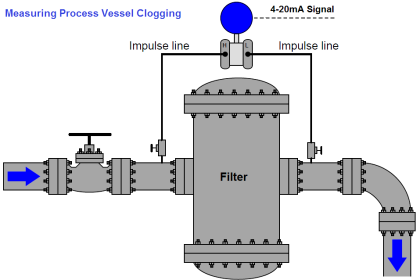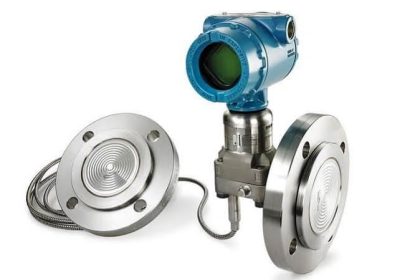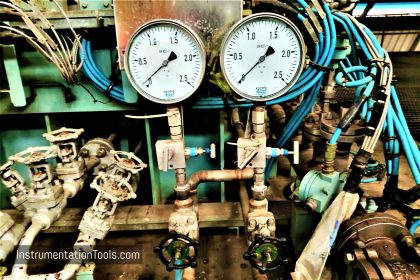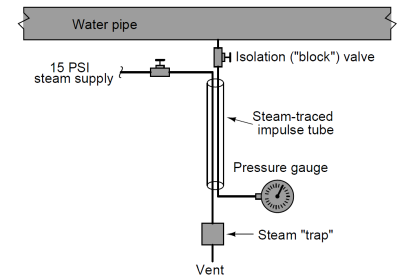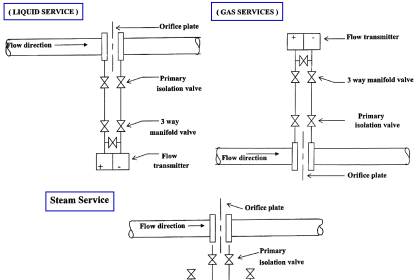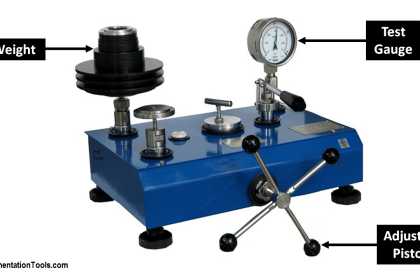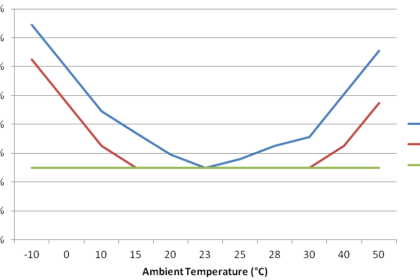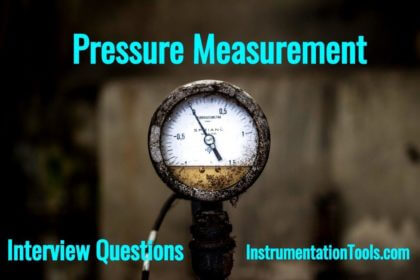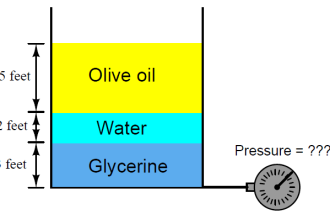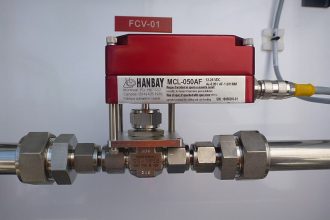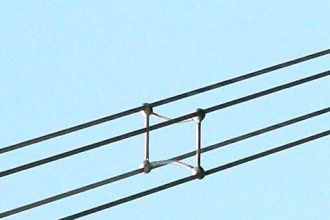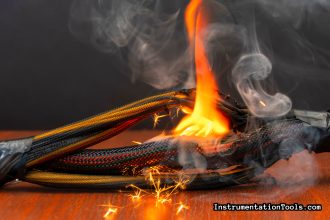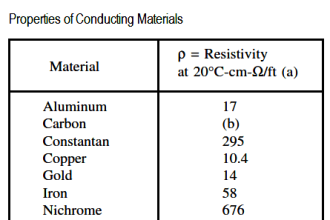In this post, we will learn how to do troubleshooting fluid systems pressure changes and possible solutions.
In industrial automation and engineering systems, fluid is the most used media for doing a process. It can range from compression to hydraulics to large reactors or boilers.
Troubleshooting Fluid Systems
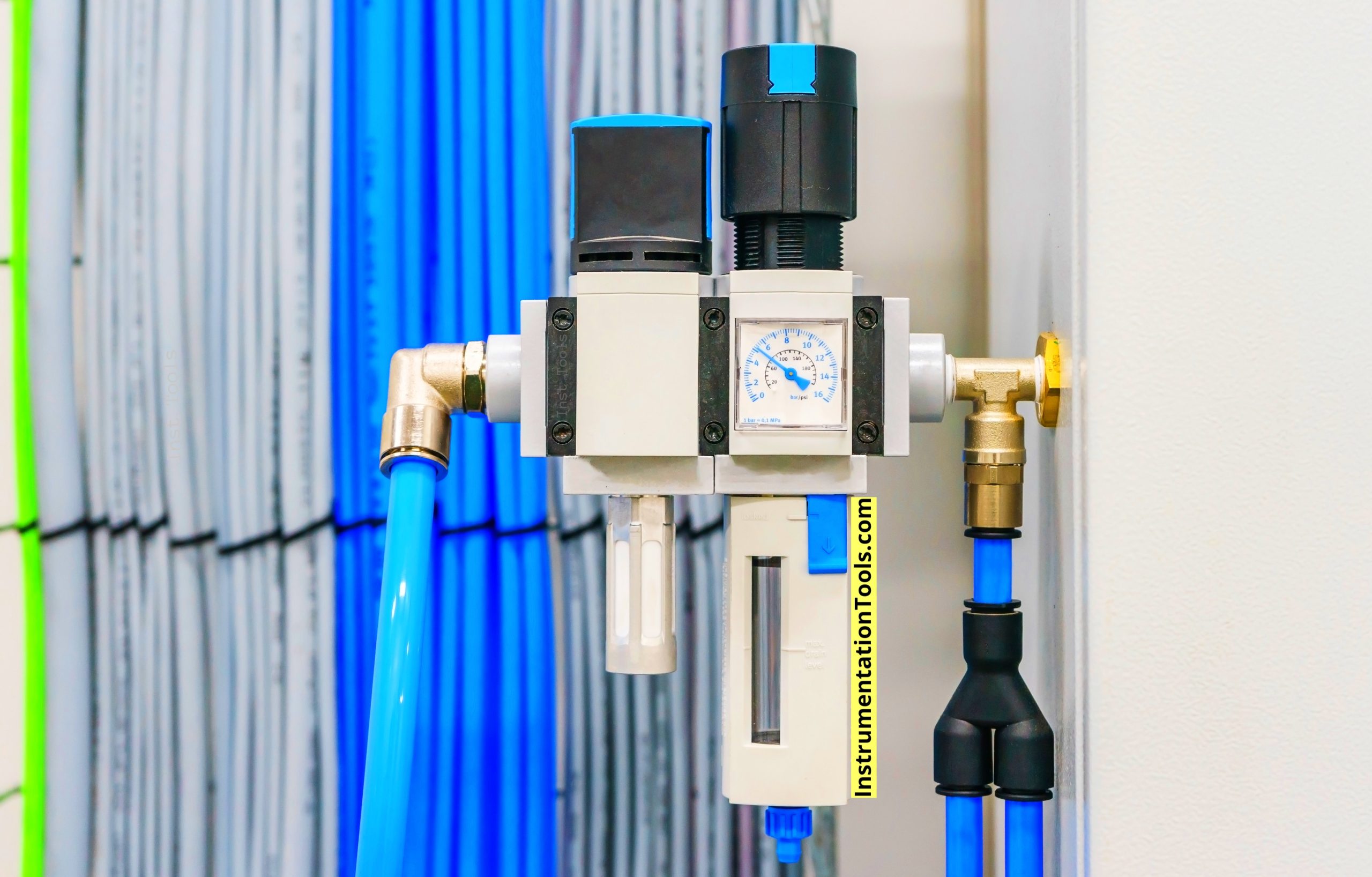
A fluid is used to create a force within the system, to help the load either move or do its corresponding job. It is to be known that a fluid is used because it creates a high-pressure output for a low-pressure input given. This pressure is then used for the loads.
So, if the game is about pressure, then there are obvious chances that the pressure will not remain constant. It may either go high or go low. In this case, it is necessary to identify these pressure changes and troubleshoot the system, so that it does not cause any hamper.
Causes of pressure changes in fluid systems
A fluid will not always work under the same pressure. Under normal running conditions, it will either increase for some time or decrease for some time. This change can be handled for a small period of time, but if it is increasing or decreasing for a long period of time, then it is a matter of concern.
First of all, let us see what is fluid and how it plays a role in engineering systems? A fluid system is usually a gas or specialized oil, which is used for either moving loads or working with loads. They have the property of increasing their pressure when a small force is applied to it. The output pressure is then distributed to various valves or actuators connected to the system. It is best used for heavy load systems where a large amount of force is required for working with the load.
There are many reasons which can cause pressure to vary in the system. First, it can be due to contaminant fluid. A fluid functions well in the cylinders and pistons if it is free of contaminants. But if not, then it may cause clogging in the line, devices, or the contaminants may get stuck up. This will cause a change in pressure after a prolonged use of time.
Secondly, the major reason can be a device failure in the whole assembly. A hydraulic system for example has a reservoir, hydraulic pump, check valve, relief valve, manual valve, cylinder, and piston. A typical malfunction in any of them will not handle the pressure load and can cause a change in pressure.
Third, leakage is one of the main reasons for pressure drop. If the leak goes unnoticed, then the pressure will drop to a great extent in the long run.
How do you troubleshoot changes in pressure?
- Install flow sensors or level sensors in the mechanical assembly. A flow sensor will check for any leakage and the level sensor will continuously monitor oil level. If there arises any change in value for a period of time, then it means there is some leakage.
- Read the schematic layout or the assembly layout of the system properly and understand what components are used, where they are used, where the piping is done, and all. Once read, you can easily relate the issue with the study that you have done.
- A seal is used inside to ensure that there is no leakage of media inside. So, if there is a low-pressure development, you can check the status of the seals inside for any damage or malfunction.
- You should check whether the components inside are getting a proper power supply or not. Because, there are chances that the mechanical assembly is perfectly fine, but the device is not powering up. In that case, there will be pressure changes in the system.
- If it is found that the fluid quality is not proper and is contaminated, then it must be replaced immediately with a new and fresh fluid.
- A hydraulic pump is one that pushes the fluid pressure to a desired level. If pressure changes are observed, check the pump performance mechanically and electrically.
- Operators check pressure regulators installed in the assembly for monitoring. If changes are observed, operators take action accordingly. But many times, the regulator too will malfunction. So, do not try to troubleshoot by seeing too many solutions; just check whether the regulator is faulty or not. It may be possible that the system is running fine, but the regulator is misleading you.
- Every troubleshooting says that the whole system cannot be faulty; only a part can be. So, if you are checking the relief valve, check that only. This means, starting from the inlet towards the outlet and in between, checking corresponding circuits thoroughly. Once you are sure that there is no issue in that circuit, move on to the next circuit, and so on. This reduces troubleshooting time significantly.
- Use temperature scanners in various parts to check whether there is any change in rated temperature operation. Because overheating or underheating means that the device is not functioning properly.
If you liked this article, then please subscribe to our YouTube Channel for Instrumentation, Electrical, PLC, and SCADA video tutorials.
You can also follow us on Facebook and Twitter to receive daily updates.
Read Next:
- Instrumentation and Control Quiz
- Pneumatic Systems Objective Questions
- Electrical Systems vs. Pneumatic Systems
- Troubleshooting PLC Automation Systems
- Troubleshooting Flow Meter Common Problems
